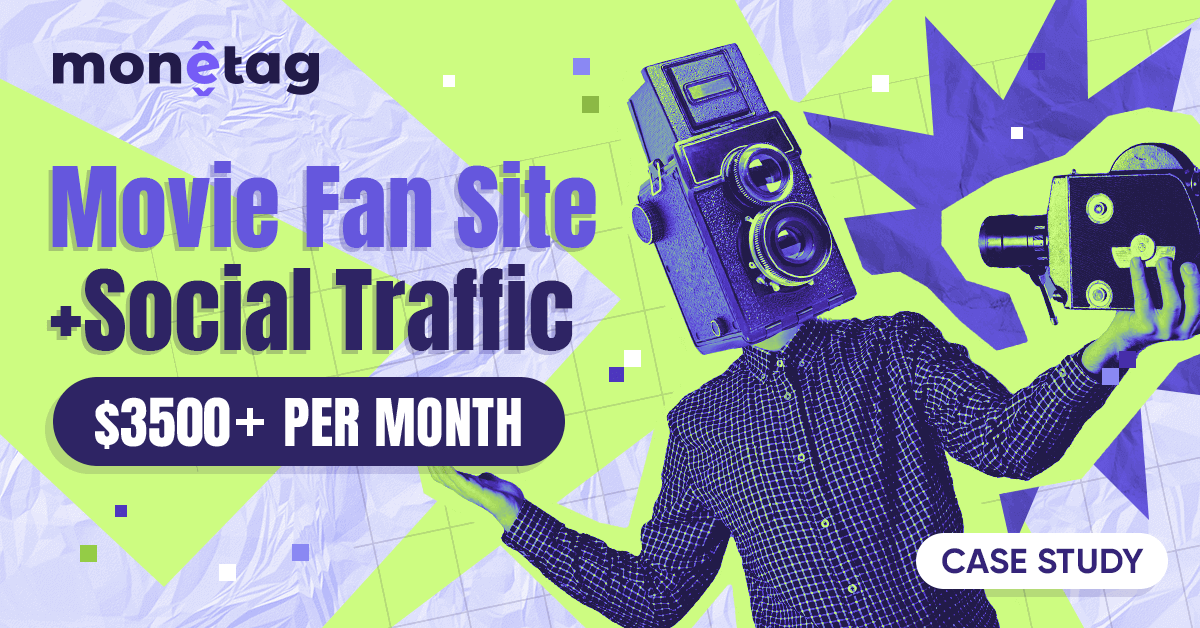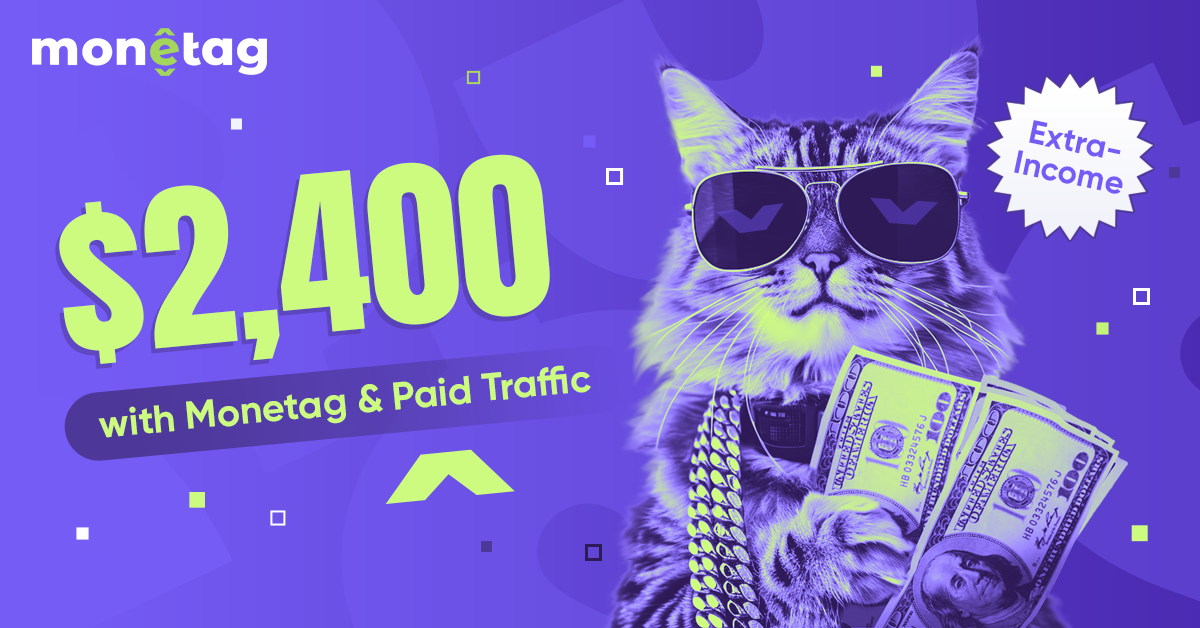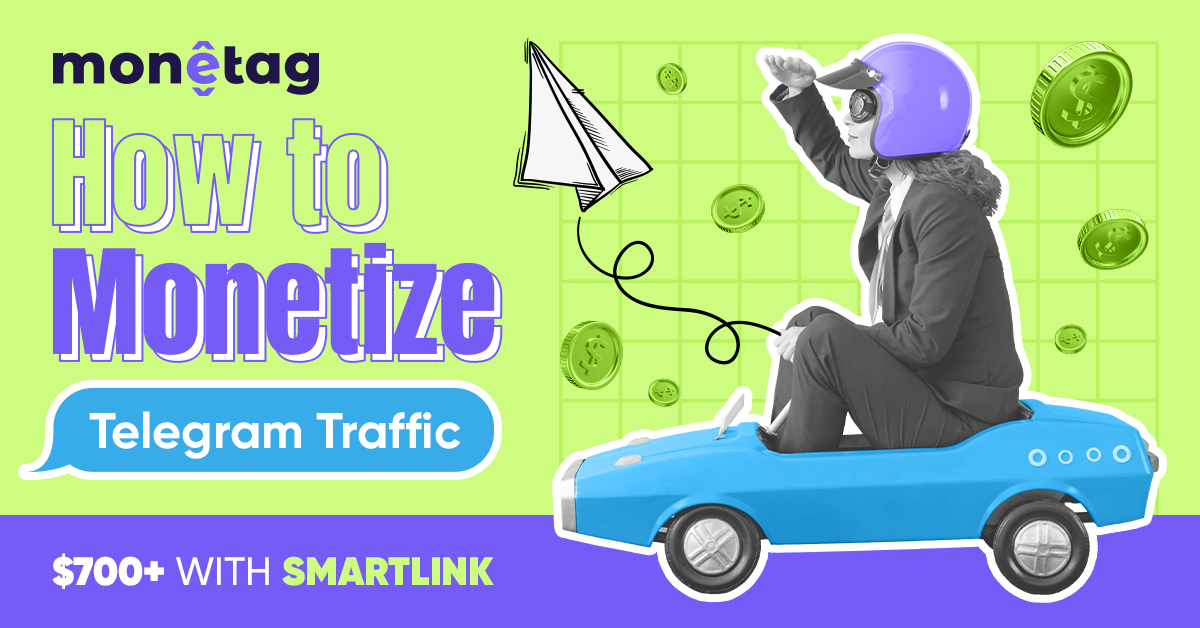How to Go Beyond the Web3 Topic With A TMA and Earn an Extra $460+ [Case Study]
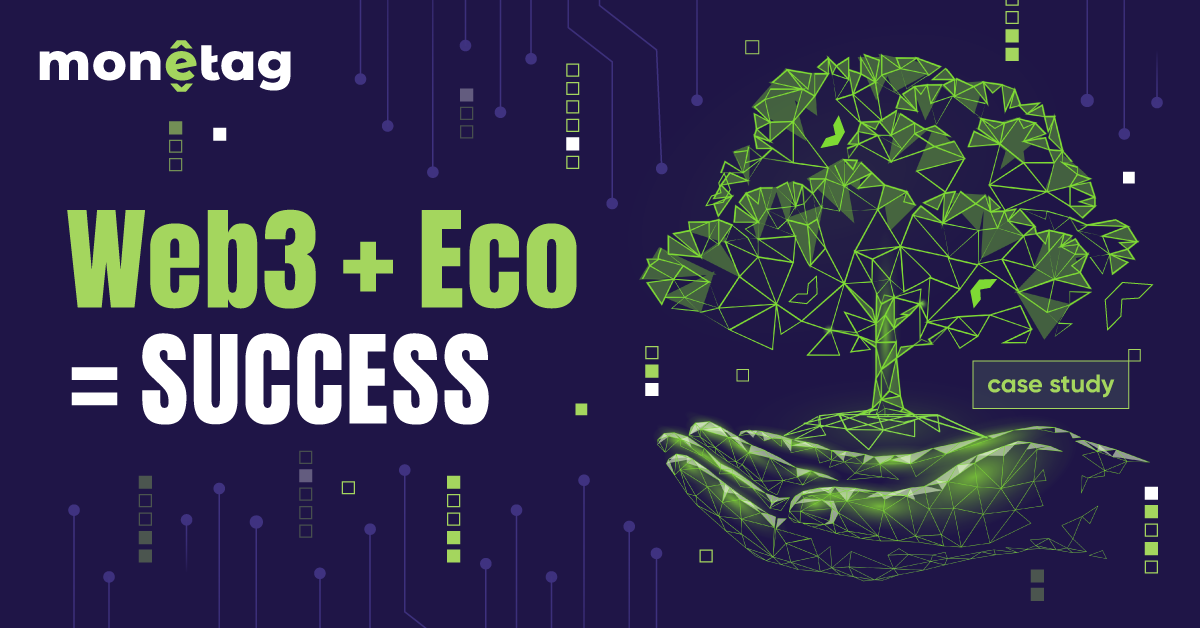
We’ve recently shared several helpful guides on TMA — and we strongly recommend reading them. But if you’re short on time, start with this fresh case study: it’s inspiring, it’s insightful, and it’s useful: you’ll definitely find at least a couple of ideas to test right away.
So, meet $ECO PROJECT — a Telegram Mini App that blends the biggest trends — blockchain and ecology.
This TMA generates its main profit from selling in-game tasks and branding through partner integrations. The app also gets additional revenue, and today, we’ll explain why you shouldn’t miss your chance to earn extra with Monetag.
About the Project
The team behind $ECO PROJECT already had well-performing Telegram channels on the crypto topic. Once they noticed TMA was becoming a big trend, they saw an opportunity in it. The goal was to build something solid and long-term that will keep working even if mini apps lose popularity. That’s how $ECO PROJECT was born.
The point is that users plant Web3 trees inside the app to earn tokens, and later, the owners plan to support real-world ecological projects through selling NFTs.


The project began quickly: the MVP was a simple task bot that allowed users to generate tokens by performing some tasks. Within just two weeks, the team sold their first tasks for $150, and a month later, the project had already made over $7,000.
The secret? Experience and deep knowledge of the audience, plus a passionate team of skilled professionals, where all three parts matter:
The most important advice we can give anyone planning to launch, or already running a TMA project: hire skilled developers who truly believe in the product and are ready to put their heart into it. Make sure they have the right skills for your ideas, and always ask for case studies. No case studies — no deal! Otherwise, you’ll waste both time and potential profit.
Today, the app earns about $400 per month only from ad impressions, with an overall monthly average of $8,000–$9,000, according to past year stats.
Driving Traffic and Scaling
As we mentioned in our TMA guides, the work on a mini app must begin with unit economics. Simply, it’s about answering a question: How much do you earn or lose from a single client? For this, people usually estimate several metrics:
- CAC (Customer Acquisition Cost)
- LTV (Lifetime Value)
- ARPU (Average Revenue Per User)
- Retention rate
We explained them, as well as the other vital metrics in this guide:
And here comes the plot twist: as the $ECO PROJECT owner confessed, they never ran into unit economics.
At that time, we weren’t familiar with those metrics at all. We were acting based on our experience in media and Telegram ad sales.
That’s not something we can recommend you as a master plan, especially if you don’t have a similar experience, but this worked out for $ECO PROJECT. At their peak, they reached over 20,000 daily active users, and today the DAU is about 3,000. Now, they track DAU, MAU, Retention, and LTV.
In the first 7 months after launch, the team didn’t spend a cent on traffic acquisition. Why? Simply because they jumped in at the right time.
However, they still reached impressively good results: MAU reached up to 700k, and the total number of users exceeded 1.3 million.
How? Here are the sources they used:
- Collaborations with Telegram channels and other mini apps
- Referral system inside the mini app, where users bring their friends themselves
Now, the team began buying traffic from Facebook and Google. They target EU and US audiences with a “save the planet and earn” message.
Monetization: When and How To Begin Earning With TMA?
The team planned monetization with ads from the very beginning: that’s a model they know very well, and they have a strong sales team for it.
At the early stage, the $ECO PROJECT team focused on selling in-game tasks and offering branded placements through partner integrations during their eco-themed offline events. Today, their monetization comes from several sources:
- Selling tasks and branded integrations
- Community donations
- Ad impressions via Monetag
And here are the earnings stats for less than 1,5 months with Monetag (Rewarded Interstitial format):

Looking back, they wish they had added more monetization formats right away after the launch, like ad networks and user donations:
We understand the potential revenue could’ve been 10x higher now if we had scaled monetization earlier. Previously, we had a DAU of 20k+, but now it’s around 3k. So over the span of 8 months, we potentially lost 10 times the profit we’re making now. Currently, we earn around $400 per month from ad impressions.
And, by the way, integrating ads didn’t harm UX at all:
At least, retention rates definitely improved. Before adding ads, we didn’t track user behavior in such detail – we relied only on subscription-based tasks.
Currently, about 5% of active users become paying users, typically those who stay longer than two weeks. In the most recent month, paying users generated around $1,300, while ad impressions brought in an additional $400+. Still, the main revenue pillars are the following:
- Offline eco-events
- Direct ad sales and traffic deals, handled by the team’s own sales department
What Do The Publishers Think?
Instead of a traditional summary, let’s give the floor to our publishers. We asked them several quick questions:
- Have you tried other platforms? How do you like your experience with Monetag?
We tried several platforms to monetize our app with ads. Monetag has the highest CPM rates, and also very helpful managers, and full integration support.
- What are your plans for the future?
We are planning to scale traffic and release a big update with new features to scale income through donations and ad views.
- What one advice can you give to people who want to monetize their TMA?
Don’t wait for perfection: start monetizing as early as possible.
So, if your project is ready, we are waiting for you at Monetag – you can monetize your TMA with three ad formats that will never spoil your UX.
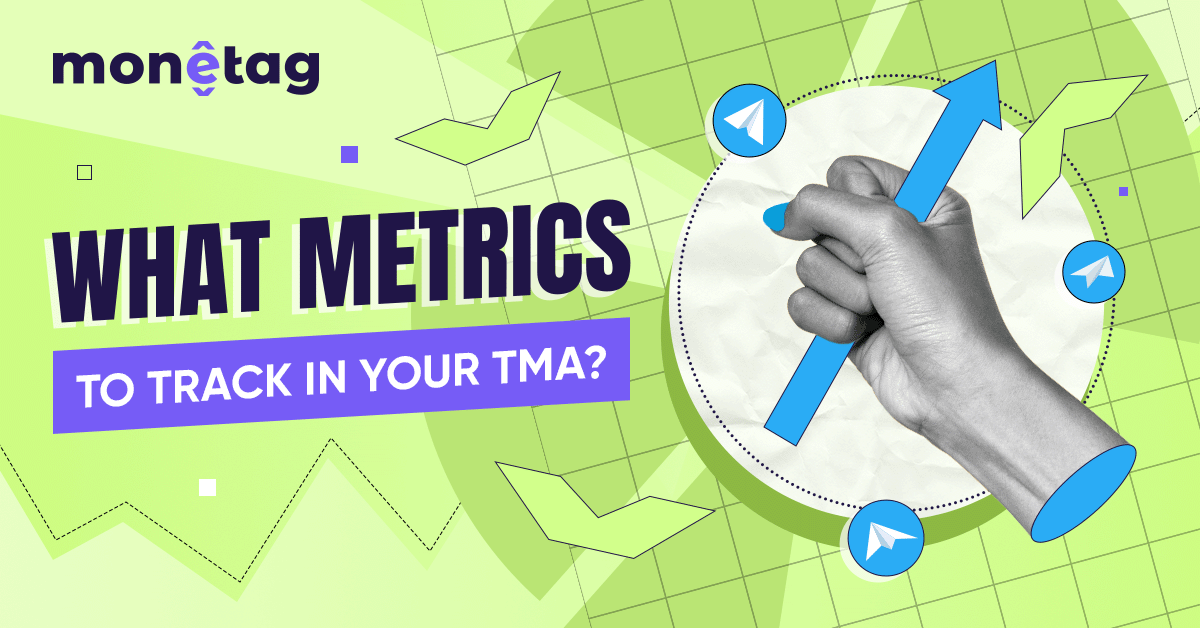
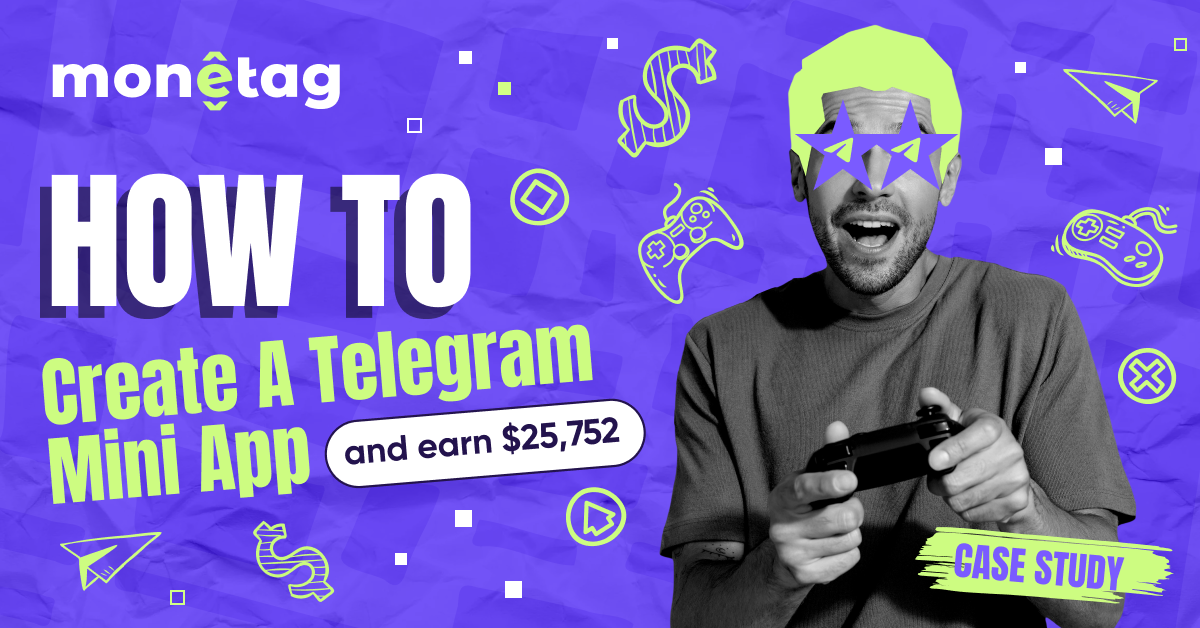
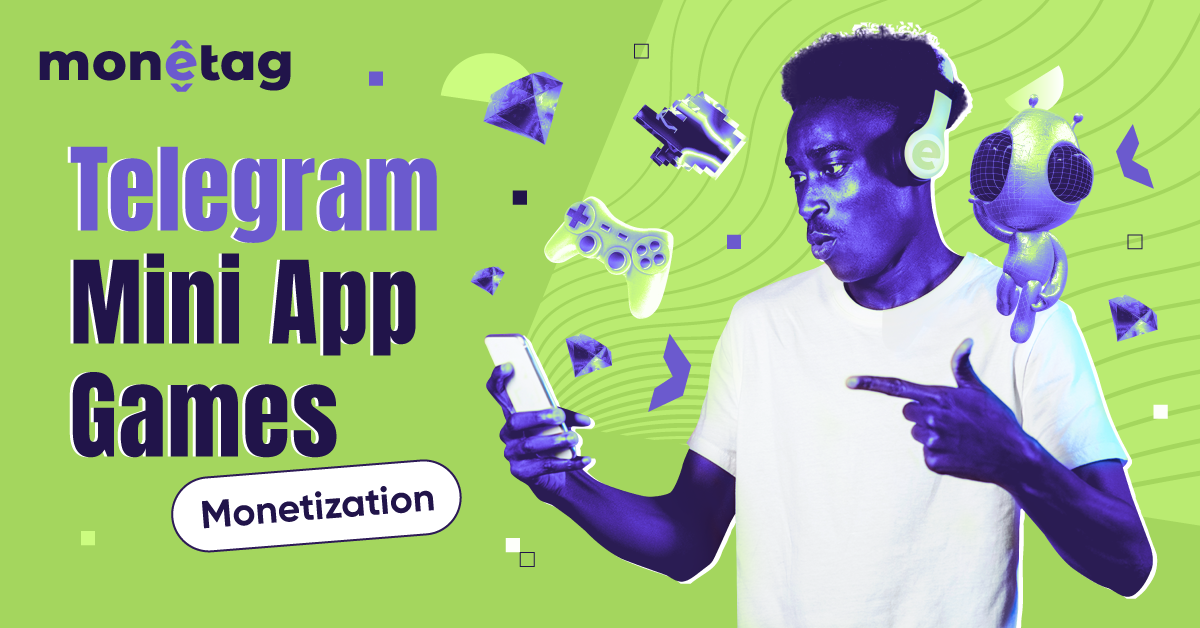
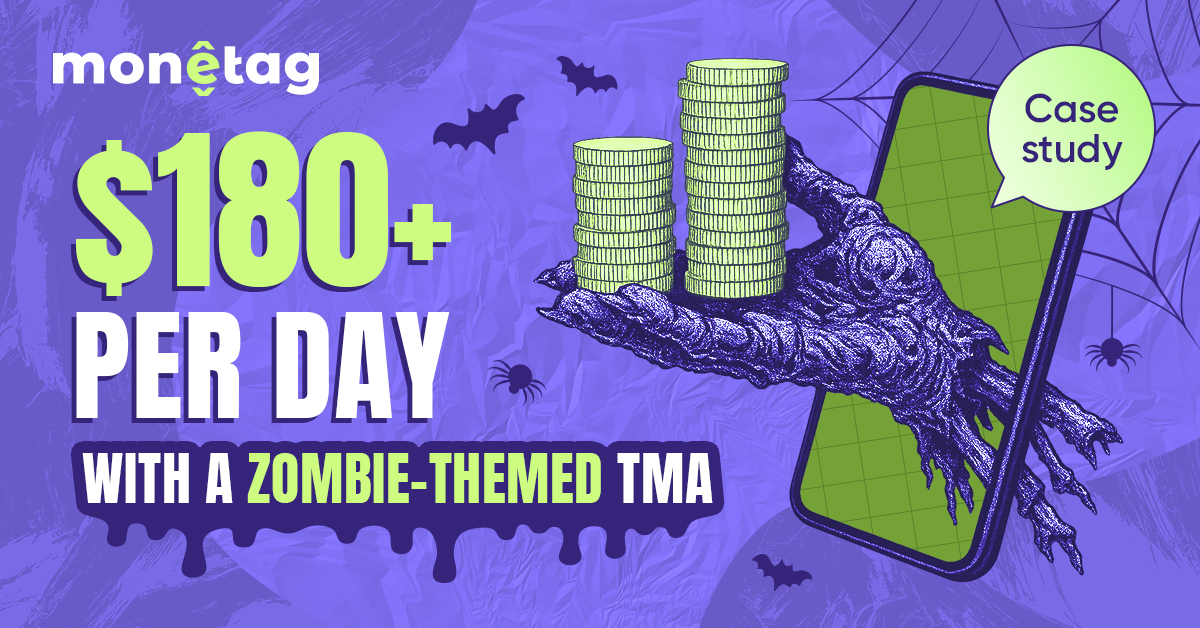
![$7,000 for a Pakistani Sports Fan Website[Case Study]](https://monetag.com/wp-content/uploads/2024/06/monetag-case-study-pakisatani-sports-fan-website.jpg)
